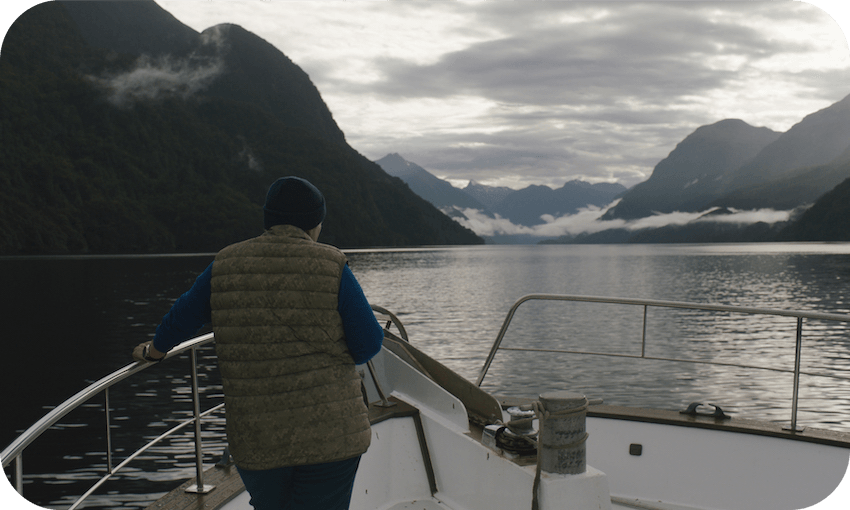Tara Ward talks to producer Ben Lawrie about making a new locally-made documentary series that meets those at the coalface of climate action.
It’s easy to become overwhelmed with the tumultuous state of the planet, but a new locally-made documentary offers us some hope. Dynamic Planet is a new four part docuseries from the team at NHNZ that travels the globe to investigate how people around the world are responding to the changing climate. It’s narrated by Cliff Curtis and features music from New Zealand composer Karl Steven, and after filming in 30 different locations on seven continents over four years – and sharing stories in 12 different indigenous languages – series producer Ben Lawrie believes it’s not your normal climate change show.
“It’s not all melting icebergs and gloomy narration,” Lawrie says, adding that he’s aware of how easy it is to become overwhelmed with the negativity of “big picture” climate change stories. That’s why Dynamic Planet tries to balance out the worry with some hopeful stories from around the world, highlighting ways that indigenous knowledge, science and natural history can combine to prepare us for a fast-changing future.
During his career, Lawrie has filmed everywhere from the Venezuelan jungle to the stratosphere with NASA, but making Dynamic Planet presented its own unique challenges. Filming in remote communities during a global pandemic was tricky, but Lawrie says the delays caused by Covid-19 have made the show feel more timely than ever. “A lot of the topics we focused on have become much more front and centre in people’s understanding of how the world’s changing, particularly over the last year with the hottest year on record.”
While Dynamic Planet doesn’t shy away from the impact of climate change, it also highlights the variety of ways that communities are countering it around the world. Each of the four episodes focuses on one topic – water, earth, fire and ice – and travels to the extremes of all seven continents to explore what these responses look like. From coral farmers in Australia to sea turtle conservators in Mexico, Dynamic Planet captures how we’re finding new and creative ways of coping with environmental change.
The stories featured in Dynamic Planet often feature a combination of science, natural history and indigenous knowledge. Lawrie describes these different perspectives as distinct strands of the same braided river, flowing side by side in the same direction. “You’ve got indigenous communities with this incredible wealth of information and scientific communities with the latest technology, and they’re all trying to achieve the same things to make the world a better place,” Lawrie says. “It’s really nice to reflect all those different voices in the series and bring it together.”
This is best seen in episode three’s Ramari Stewart, who lives on the West Coast and is trained in mātauranga Māori, specifically around whales and water. Dynamic Planet filmed Stewart in Fiordland as she embarked on a voyage to find paikea (southern humpback whales), which play a vital role in maintaining the health of the ocean. We see how Stewart uses ancestral environmental knowledge, passed down to her through waiata, to help understand the impact of climate change on paikea and the ocean.
This story was everything Dynamic Planet wanted to achieve, says Lawrie. “Ramini has these deep seated traditions and a deep, deep connection with the ocean,” he says. “To be able to film that in our own backyard was a real privilege.”
As Dynamic Planet hits our screens, Lawrie never ceases to be amazed by how clever and resilient people are. Ultimately, he hopes Dynamic Planet will help the audience see the world around them in a new way, and be encouraged to make a positive difference in their own community. “Climate change isn’t a fait accompli,” he says. “It is in our power to make the changes we need to as a global society, to prevent the worst things happening to our planet.”
Dynamic Planet streams on Neon and screens on Sky Open on Sunday nights at 7.30pm.



